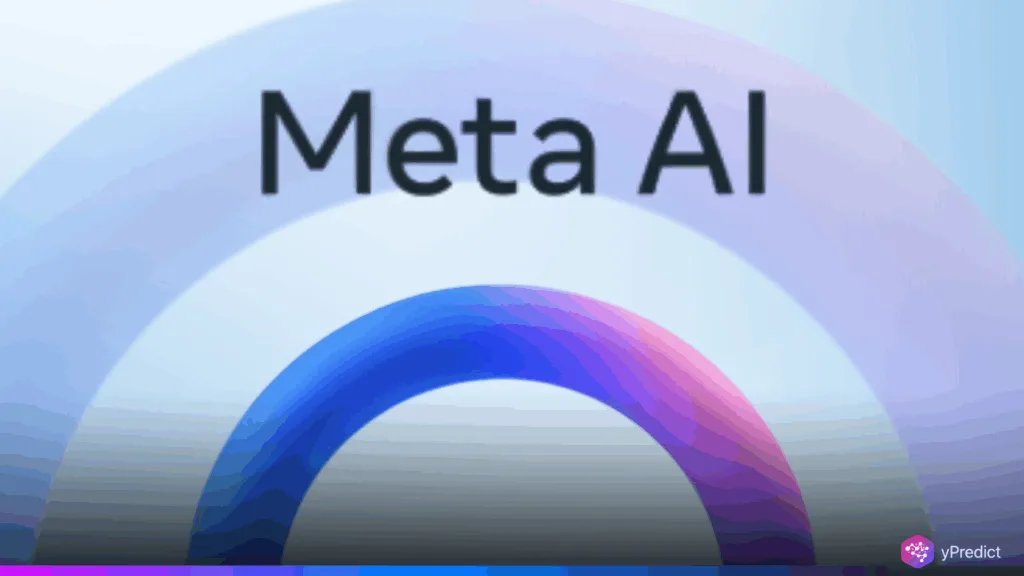
In a striking move that has caught the tech world’s attention, Meta is undergoing its fourth restructuring of artificial intelligence (AI) operations within just six months. The plot, which emerges on August 16, 2025, emphasizes the unstoppable greed of CEO Mark Zuckerberg in his struggle to transform Meta into a pioneer in the competition against artificial general intelligence (AGI), which will surpass human beings in various activities. The shake-up is the latest after Meta launched Superintelligence Labs in July. The company held up an ambitious unification of its AI talent and resources as a new direction. However, the high rate of organizational developments indicates that there is no permanency and long-term organizational strategic vision.
Meta’s Superintelligence Labs and AGI Ambitions
When Meta launched Superintelligence Labs in July 2025, it was billed as the company’s most decisive step yet toward building AGI. The restructuring brought together foundation model teams, including those behind the Llama open-source software and long-running FAIR (Fundamental AI Research) initiatives, under one ambitious umbrella. At its announcement, Zuckerberg emphasized a “new era for humanity,” naming Alexandr Wang, former CEO of Scale AI, as the company’s first chief AI officer. The timing reflected intense pressure to keep up with competitors like OpenAI and Google, both heavily resourced and chasing similar AGI goals.
However, the optimism surrounding this consolidation has quickly faced challenges. Reports indicate that Llama 4 Maverick, a multimodal two-trillion-parameter model central to Meta’s plans, has struggled to meet expectations after training. Its intricate mixture-of-experts design introduced issues in balancing modalities, reasoning, and usability, requiring more infrastructure and oversight than anticipated. Analysts suggest that the recurring restructurings are less about bold innovation alone and more about addressing such growing pains. The division of Superintelligence Labs into specialized groups—research, products, infrastructure, and FAIR—suggests that Meta hopes specialization will streamline development while making team goals more targeted and achievable.
Competitive Pressures and Questions of Strategy
Meta’s repeated restructuring reflects not only internal hurdles but also the competitive intensity of today’s AI race. OpenAI’s record-breaking $6.6 billion fundraising round in October 2024, coupled with rumors of a $1.5 billion SoftBank-led deal, underscores the scale of resources flowing into AGI. Google, meanwhile, continues to evolve Gemini, its multimodal suite, positioning it as a formidable competitor. Meta, with nearly 600,000 GPUs by the end of 2024, possesses the hardware firepower but seems caught in cycles of trial and error with its organizational vision.
The timing of this latest restructuring, reported less than a day after a Reuters update on market activity, signals urgency. Internal reports of senior researchers departing and criticism of Llama 4’s output may have accelerated the need to reform before momentum is lost. Yet, frequent changes can also project instability, raising investor and public doubts about whether Meta has a coherent strategy. Observers note sarcastic commentary pointing at reliability issues and potential risks for users, especially given how much Meta’s current platforms already rely on AI-driven moderation. If these doubts persist, they may affect Meta’s valuation and market confidence, overshadowing its otherwise commanding hardware and talent assets.
A Transitional Gamble for Meta
It is the fourth meta reorganization in the AI sector in the recent six months and highlights how unstable the AGI field is, as well as the tendency of the company to take risks to establish superiority. The mantra about Meta becoming more than a social network enterprise has continued to be as ambitious as it was when Zuckerberg articulated it earlier, but the way forward is becoming complex; the technology bottlenecks, the traditional inertia, and the market pressures are all playing the role of a drag weight.





